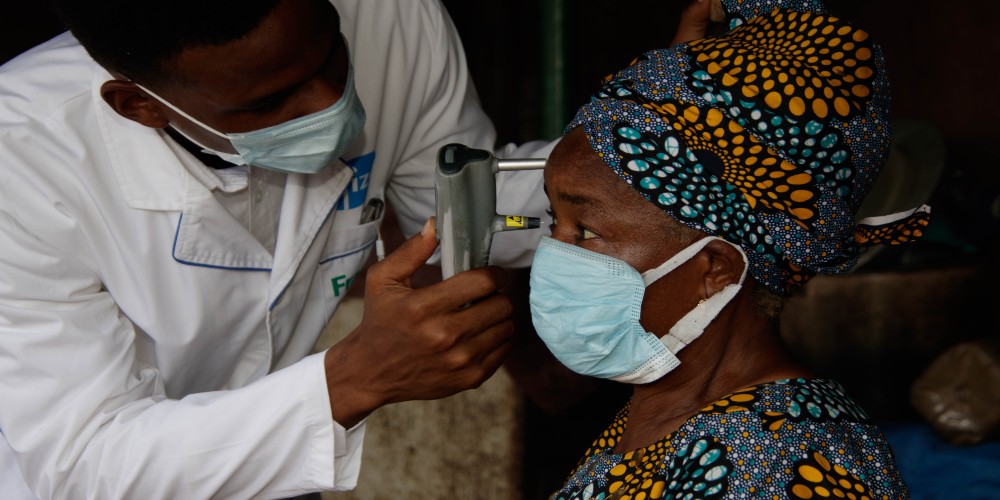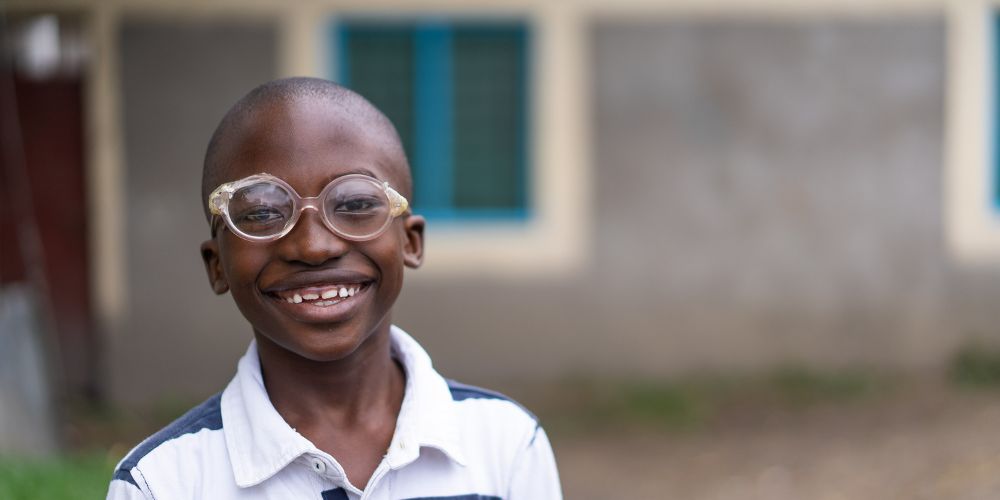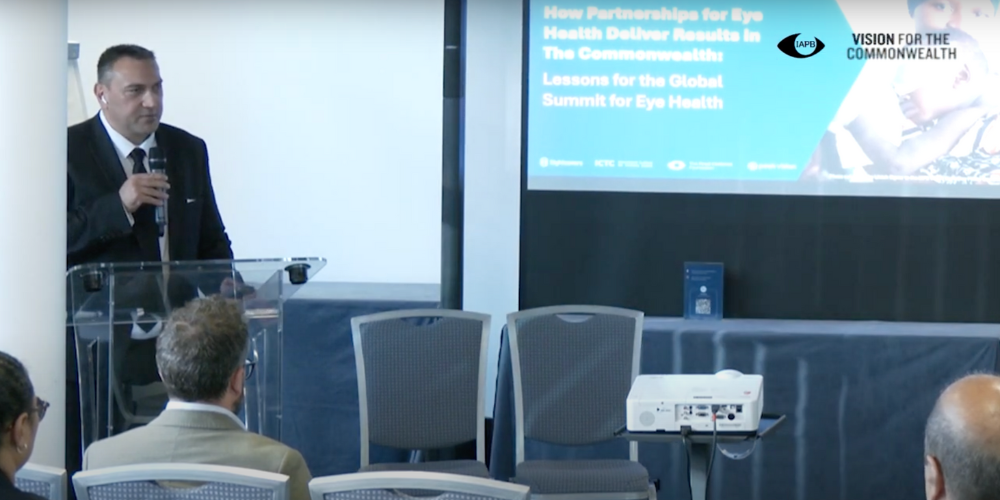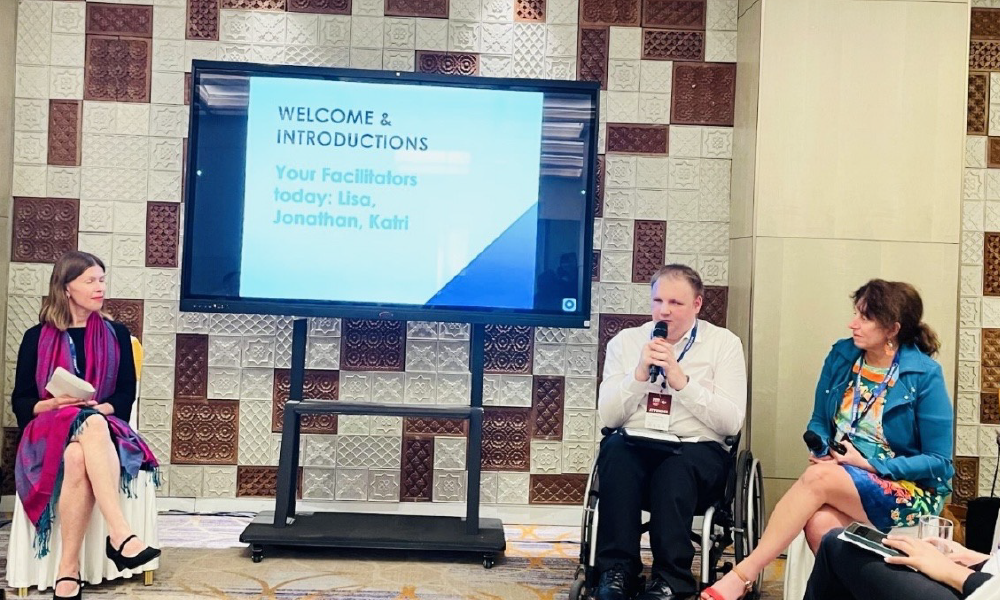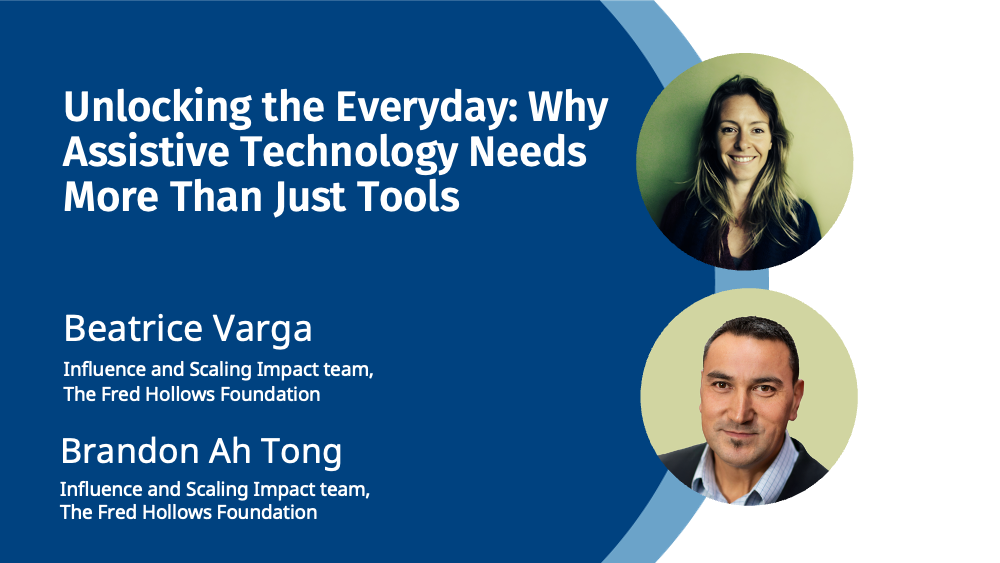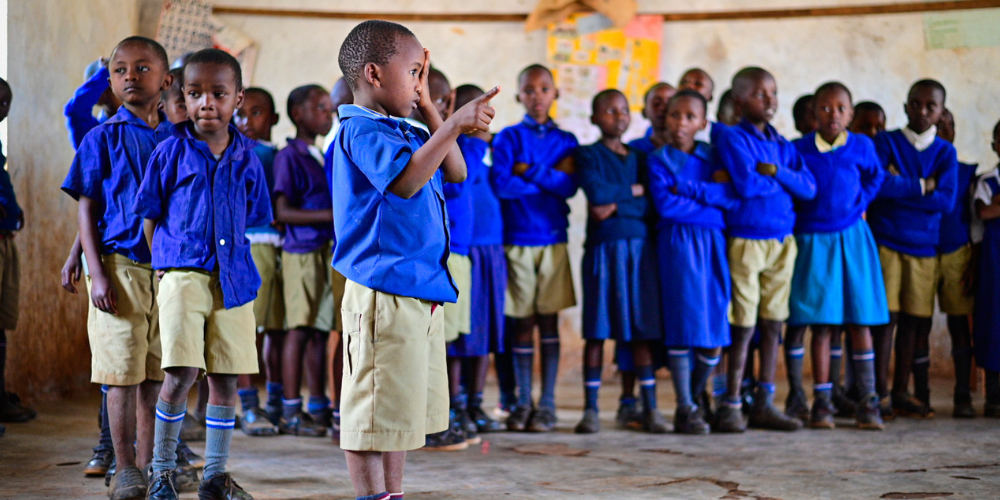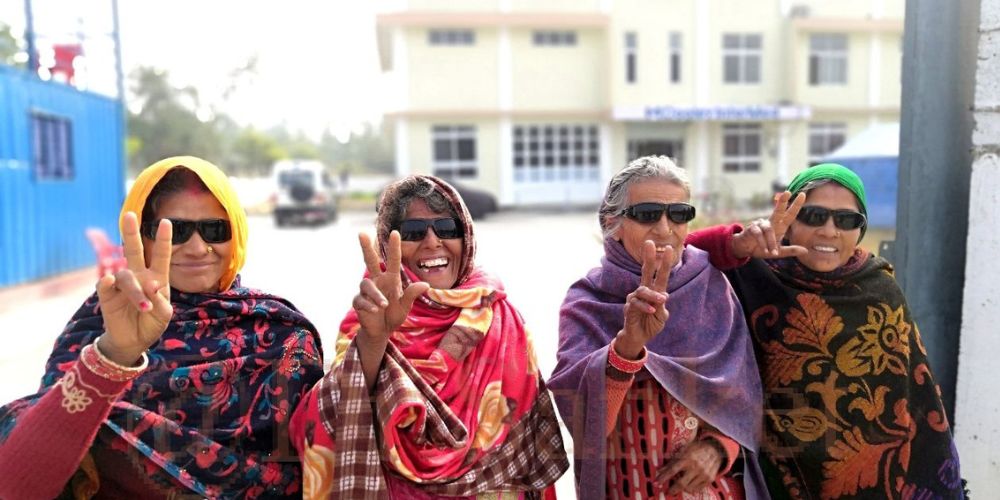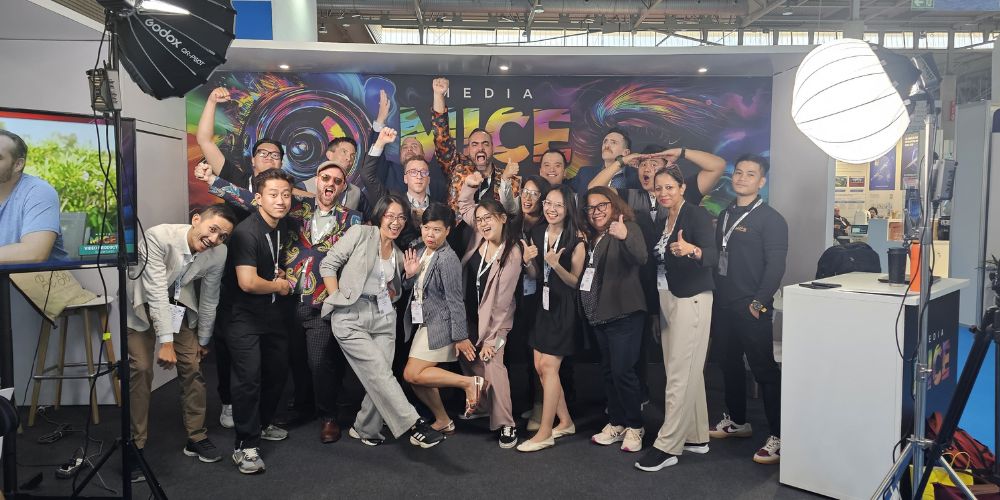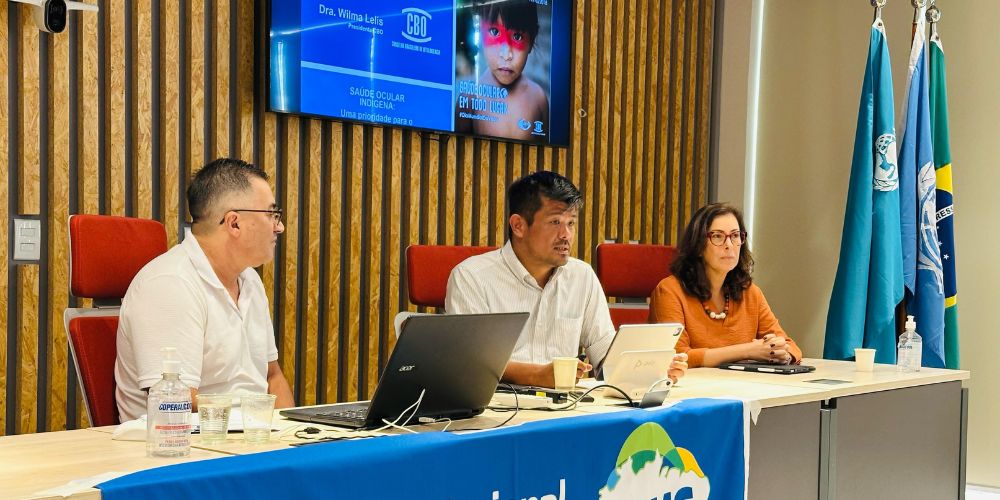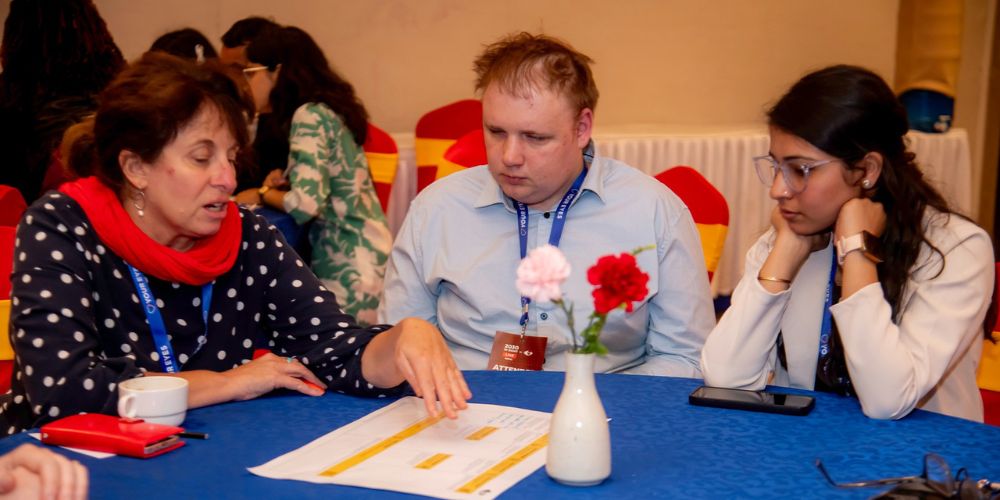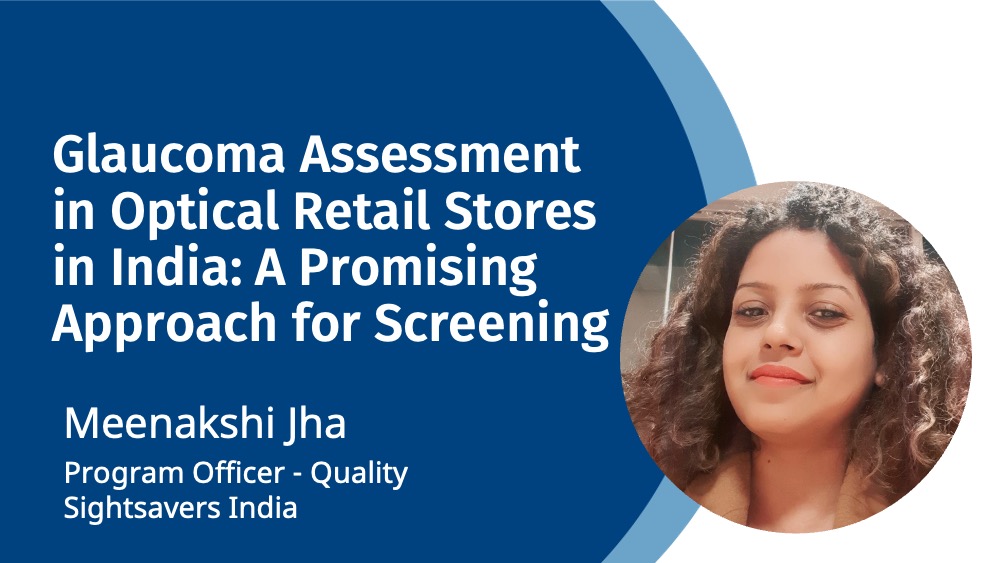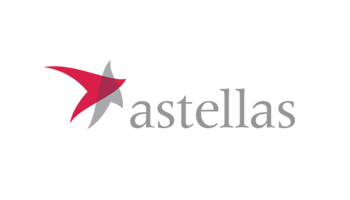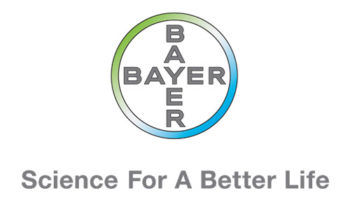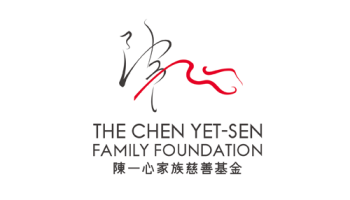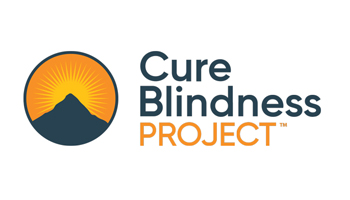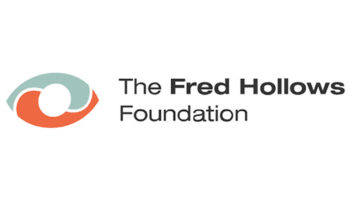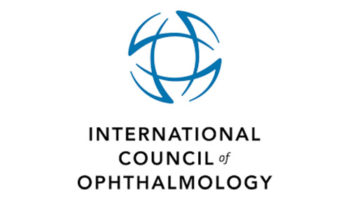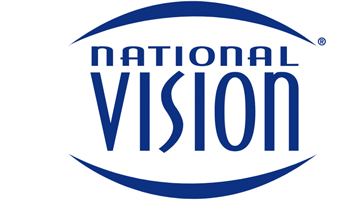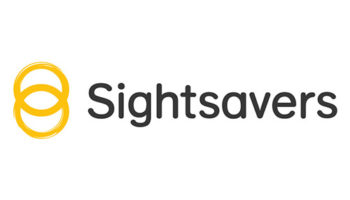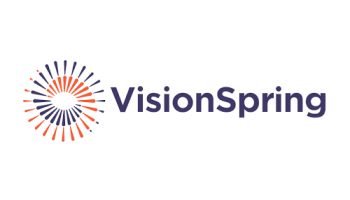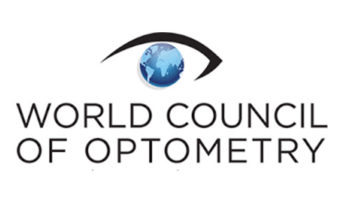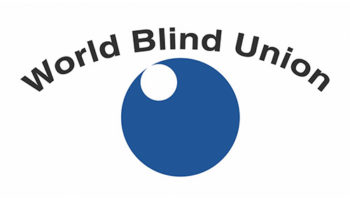Vision and good eye health contribute significantly to the 2030 Agenda for Sustainable Development and feature in several of the SDGs, including quality education, gender equality, poverty reduction, decent work, economic growth, and decreasing disparities.
People who need eye care must be able to receive high-quality interventions because good vision supports the employment of adults, the participation of children in school, an increase in household income, and the reduction of hunger. And yet, 191 out of 194 national health strategic plans do not include eye care.
How to develop an adequate eye care workforce
To provide the world with the necessary eye care workforce, we need to do the following:
- Governments need to recognise the optometry profession and to legalize or regulate it as required.
- More universities need to establish programmes to train optometrists to support populations around the world.
- Governments need to create a just working environment for optometrists with safe staffing levels and fair salaries.
- Key members of eye-care teams should receive specific training to enable them to succinctly state and present the case for eye health.
As the world’s population grows and ages, blindness and visual impairment globally are expected to triple over the next 30 years. This is why we need to significantly increase the number of eye care personnel, and to address an increasing incidence of preventable vision loss. The journey towards bridging the eye-care gap will require us to gather data, harness the power of communities, win public trust, and collaborate closely across sectors.
Image on top: Dr Ezeh carrying out an intraocular pressure test on an elderly woman during a mini outreach to mark World Sight Day 2021/Faith Emechebe



